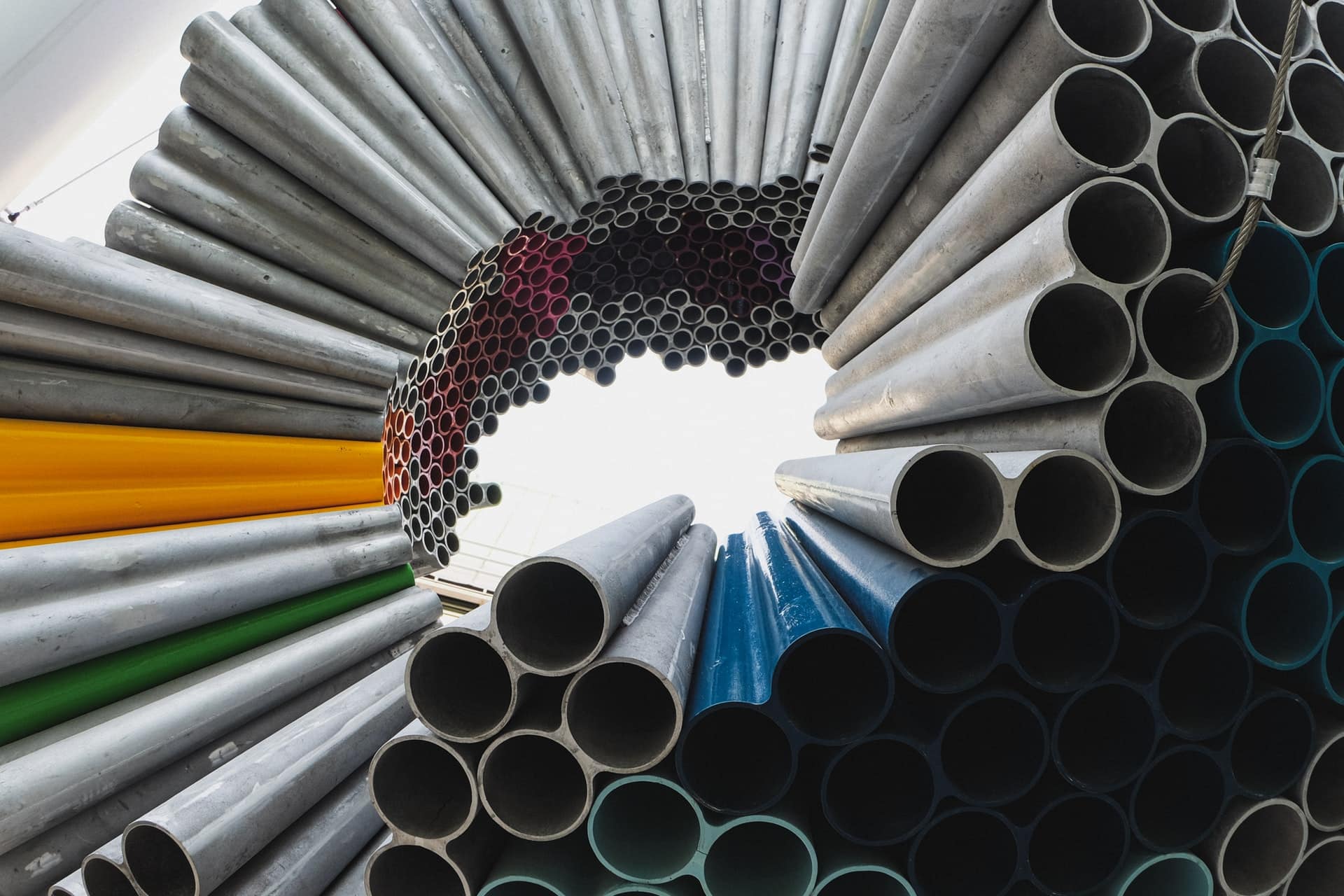Discovered over 3,000 years ago and being continuously improved, today steel is one of the most innovative, inspiring, versatile, and important materials. Steel is an alloy of iron and carbon, with a content of less than 2% carbon, 1% manganese, and small amounts of silicon, phosphorus, sulfur, and oxygen. Stainless steel is an alloy with a chromium content of at least 10.5% by weight.
IMAGE: UNSPLASH
Here are some more facts about its history and production:
1. Scrap in the combination of iron and carbon, a small amount of other elements, becomes a much more durable material called steel, for instance, used by color coated steel suppliers.
2. Steel can be 1000 times stronger than iron.
3. All steel is originally obtained from Iron. The 4th most widely distributed element in the earth’s crust after oxygen (46%), silicon (28%), and aluminum (8%).
4. When converting liquid iron to steel, it reaches a temperature of 1,700 degrees Celsius, becoming much hotter than volcanic lava.
5. One of the earliest references to steel production dates back to the Greek historian Herodotus, who speaks of a bowl inlaid with Glaucus of Chios in the 12th century BC.
6. The English inventor Henry Bessemer is usually credited with inventing the first method for mass production of steel. The process was opened by the Englishman in the mid-1950s.
7. In the III century BC, artisans in southern India used crucibles to melt ductile iron with coal to produce Wutz’s steel, a material that even today amazes producers with its quality.
8. The main components for electric arc furnaces are scrap metal, metal, iron obtained by the direct reduction method (DRM), and liquid metal, as well as electricity. Approximately 710 kg of scrap metal, 586 kg of iron ore, 150 kg of coal, 88 kg of limestone, and 2.3 GJ of electricity are used to produce 1,000 kg of unrefined steel using the EAF method.
9. Steel closes the material circuit without being limited to one area of application. Types of steel can be processed to produce new steel of different grades while maintaining the inherent properties of the materials.
10 Steel scrap from products of lower cost can be converted into valuable steel through the use of appropriate processing and metallurgy technologies. For other materials, this is usually not possible. In the case of concrete, wood, and aluminum, the quality of the recycled material is often reduced, and the material has a limited life.
11. The industry is working on a large number of initiatives to develop breakthrough steel smelting technologies that can reduce CO2 emissions by more than 50%, potentially radically changing the way steel is produced.
12. Atmospheric steel is rust-resistant. In order to avoid a chemical reaction leading to the formation of rust (iron oxide) when steel is exposed to water and oxygen, most steel products are metal coated. Then the products are painted. The oxide coating provides protection and eliminates the need for painting.
13. Suitable for continuous processing, steel allows you to make cars, containers, and buildings over and over again. A zero-waste production strategy and optimal use of resources combined with exceptional durability offer a host of rational benefits.
14. Steel is the basis for conducting a “circular” economy. Steel ensures maximum benefits from resources through extraction and reuse, reproduction, and recycling.
15. The steel industry uses its resources efficiently and produces very little waste. In 2017, 96.3% of raw materials were processed for steel production: 63.6% was processed into metal products, 32.7% in by-products, and 3.7% waste.
16. Slag is used for cement production, road construction, fertilizer production, hydraulic engineering, and planting of marine plants. Process gases are used to produce heat and electricity.
17. According to the International Energy Agency, replacing cement clinker with slag cement will significantly reduce annual energy consumption and CO² emissions by up to 500 million GJ, as well as 200 mt CO².
18. Gases from steelmaking are used to produce heat and electricity. After complete processing, process gases can satisfy 60-100%
19. Approximately 90% of the water used in the steel industry is purified, cooled, and returned to the source. Most of the losses are caused by evaporation. Water returned to rivers and other sources are often cleaner than recovered.
20. The productivity of the new HBIS Tangsteel wastewater treatment center in Northern China is 6,000 m3 per hour: 3,000 m3 of treated water — industrial wastewater and 3,000 m3 — urban wastewater. Each year, the center saves 24.5 million tons of drinking water and has a 100% wastewater utilization rate.
If you are interested in even more technology-related articles and information from us here at Bit Rebels, then we have a lot to choose from.


COMMENTS